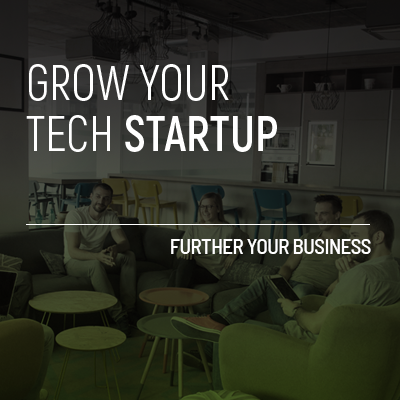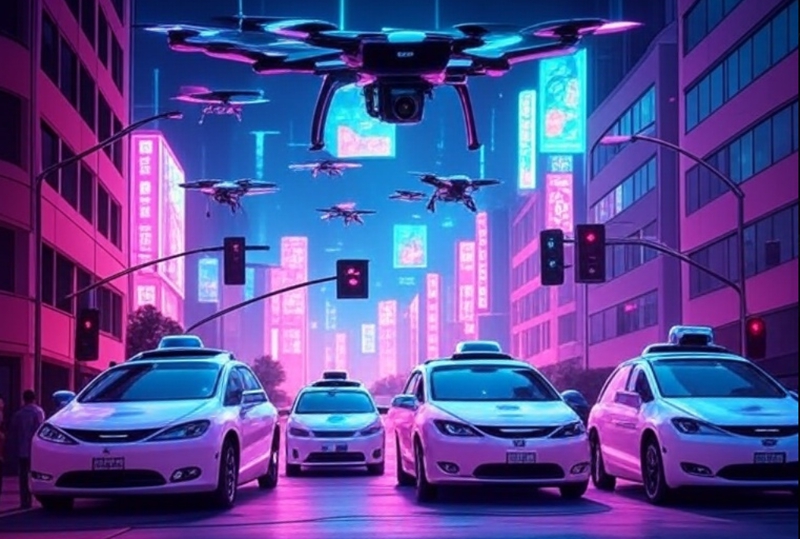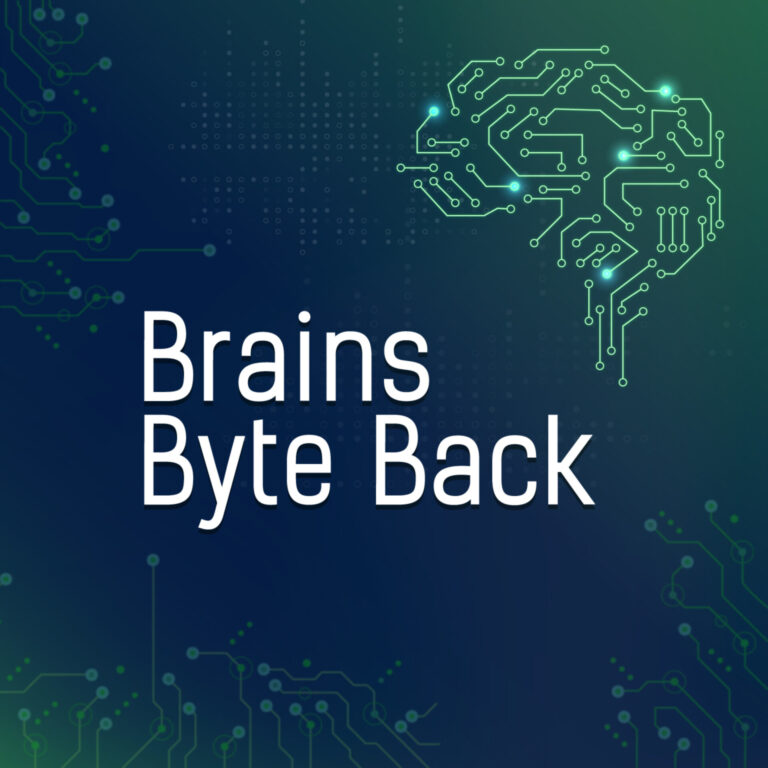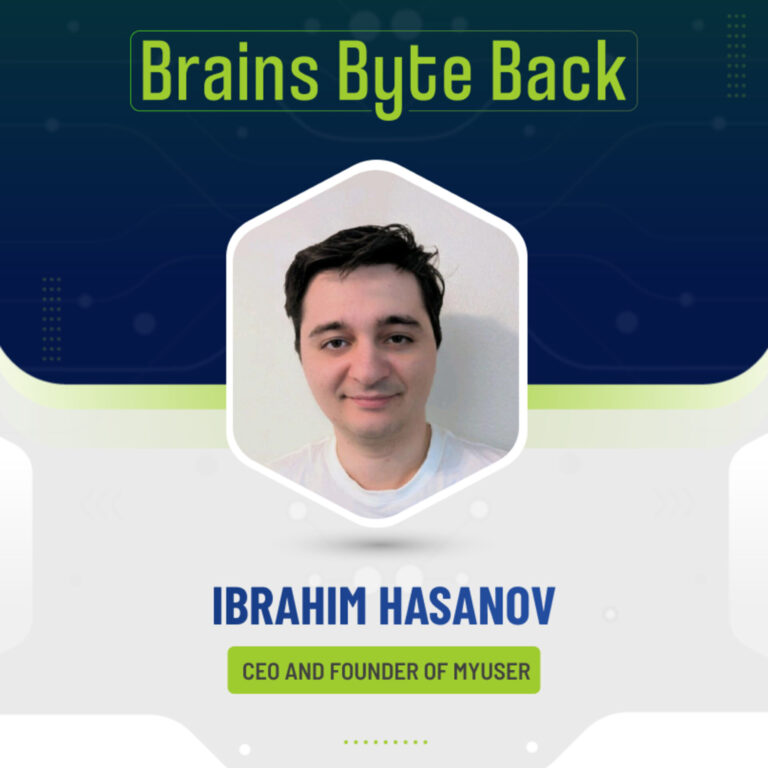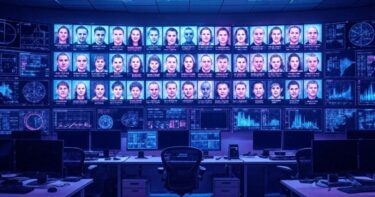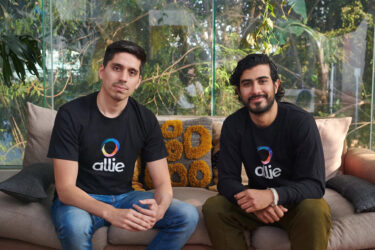The massive city-wide surveillance that collaborative sensing requires is a tremendous temptation for tyrants: perspective
Collaborative sensing is “enormously intrusive,” but constantly surveilling what everyone is doing and where they are going at all times is an “enormous benefit to society,” according to an IBM exec on the World Economic Forum (WEF) Radio Davos podcast.
Collaborative sensing “is enormously intrusive in terms of you know where everybody is at all times. What they’re doing. Where they’re going. And that is an ethical dilemma”
IBM Chief Innovation Officer Emeritus Bernie Meyerson, WEF Radio Davos, June 2025
Imagine a smart city where there are dozens of sensors, cameras, and radars on every block that track-and-trace every pedestrian and vehicle.
The vehicles are equipped with sensors that talk to the street lights, and they both send data to a single, central location using Vehicle-to-Everything (V2X) technologies.
And the vehicles themselves are not just passenger cars or busses, but also unmanned drones that deploy LiDAR and infra-red sensors that can pick up and detect what no human has ever been capable of.
All of the data is collected and processed automatically by AI systems that make autonomous decisions in real-time.
That’s collaborative sensing.
Following the launch of the WEF’s “Top 10 Emerging Technologies of 2025” report last June, the WEF held a more in-depth discussion on the technologies listed in the report, which included “collaborative sensing.”
Speaking on the Radio Davos podcast, IBM chief innovation officer emeritus Bernie Meyerson expanded upon what “collaborative sensing” would actually mean for people living in smart city environments.
“What collaborative sensing says is, “What if we have cameras virtually ubiquitous in a city?’
IBM Chief Innovation Officer Emeritus Bernie Meyerson, WEF Radio Davos, June 2025
Similarly, what if every street light is controlled ubiquitously throughout the city?
What if every vehicle communicates with a central location, again, throughout a city?”
“What collaborative sensing says is, “What if we have cameras virtually ubiquitous in a city?‘” said Meyerson.
“Similarly, what if every street light is controlled ubiquitously throughout the city?
“What if every vehicle communicates with a central location, again, throughout a city?“
Meyerson also gave examples of how collaborative sensing could be used to save lives by preventing collisions, and how it could be used to facilitate urban mobility by redirecting traffic flows more efficiently.
However, the mass surveillance that collaborative sensing requires is a tremendous temptation for tyrants.
If one were looking to create a city-wide virtual panopticon, collaborative sensing would be a good place to start.
And Meyerson acknowledges this, stating:
“That [collaborative sensing] is enormously intrusive in terms of you know where everybody is at all times. What they’re doing. Where they’re going. And that is an ethical dilemma.”
“The regulatory bodies that actually prescribe what you can and cannot do with that data have to be rigorously created and enforced,” he added.
Total surveillance and digital control grid? Yeah, that’s totally feasible, but we mustn’t get in the way of innovation!
As Meyerson put it, “I’m not suggesting, nor do any of us suggest we not do this. There is an enormous benefit to society in terms of just reducing pollution, mitigating dramatically the horrific death rate on highways.”
“This is the kind of thing that is coming, but we have to be extremely careful how we utilize it,” he added.
For IBM’s Meyerson, the pros far outweigh the cons when it comes to collaborative sensing.
Surely, his point of view has no financial incentive whatsoever.
It’s not like IBM has been in the business of IoT connected vehicles for the past decade or anything.
Oh, wait.
“Cars are moving miniature data centers, and they have a multitude of onboard sensors that can capture and send data in real time. IBM IoT Connected Vehicle Insights can connect millions of cars and integrate big data from other sources, including weather systems, geographic map services, traffic systems, and more”
IBM, IoT Connected Vehicle Insights, 2023

“The data analytic capabilities of IBM IoT Connected Vehicle Insights are vast and provide powerful insights about vehicles and their movement, drivers, and events in the surrounding environment. Historical and real-time data analysis is available. IBM IoT Connected Vehicle Insights can detect and act upon situational events of interest by using data from vehicle sensors, geographical, weather, traffic, and other systems”
IBM, IoT Connected Vehicle Insights, 2023
IBM’s “IoT Connected Vehicle Insights” documentation highlights everything that Meyerson talked about and so much more.
With IBM connected cars, you can do amazing things! For example:
- You can analyze driver behavior data in real time as the data is collected.
- You can utilize the situational detection for vehicles, drivers, and environmental objects as soon as events occur to enable vehicle-to-everything (V2X) solutions, including vehicle-to-vehicle (V2V) communication through the cloud.
- You can connect and transfer millions of vehicles and in-vehicle device sensors to and from IBM IoT Connected Vehicle Insights.
- And you can retrieve Car Probe Data that includes Driver ID, Tenant ID, and Vehicle ID.
Think of all the wonders this technology can do in the hands of law enforcement, intelligence agencies, and defense departments!
“Autonomous agents, such as robots, drones, intelligent vehicles and IT systems, with semantic reasoning and dynamic planning capabilities, will be equipped to navigate unfamiliar environments and make collective decisions”
WEF, Top 10 Emerging Technologies of 2025, June 2025
“The key to unlocking the benefits of collaborative sensing at scale and achieving true collaborative autonomy, will be multi-modal algorithms that can process numerous varieties of sensor data, from LiDAR (light detection and ranging) to EO/IR (electro-optical/infra-red) cameras to radar and beyond“
WEF, Top 10 Emerging Technologies of 2025, June 2025
Collaborative sensing came in at the number nine spot in the WEF’s “Top 10 Emerging Technologies for 2025” report.
According to the authors, “Collaborative sensing will reshape how cities operate and how organizations use information to make decisions.”
“Collaborative sensing could significantly reshape urban systems, mobility and societal infrastructure. Powered by vehicle-to-everything (V2X) technologies, 5G, AI and edge computing, this approach may create intelligent urban environments that perceive, respond and adapt to complex environmental dynamics with greater precision than current systems,” they add.
The report was launched at the WEF Annual Meeting of the New Champions (AMNC), aka “Summer Davos,” in Tianjin, China last June.
Image Source: AI generated using Grok
